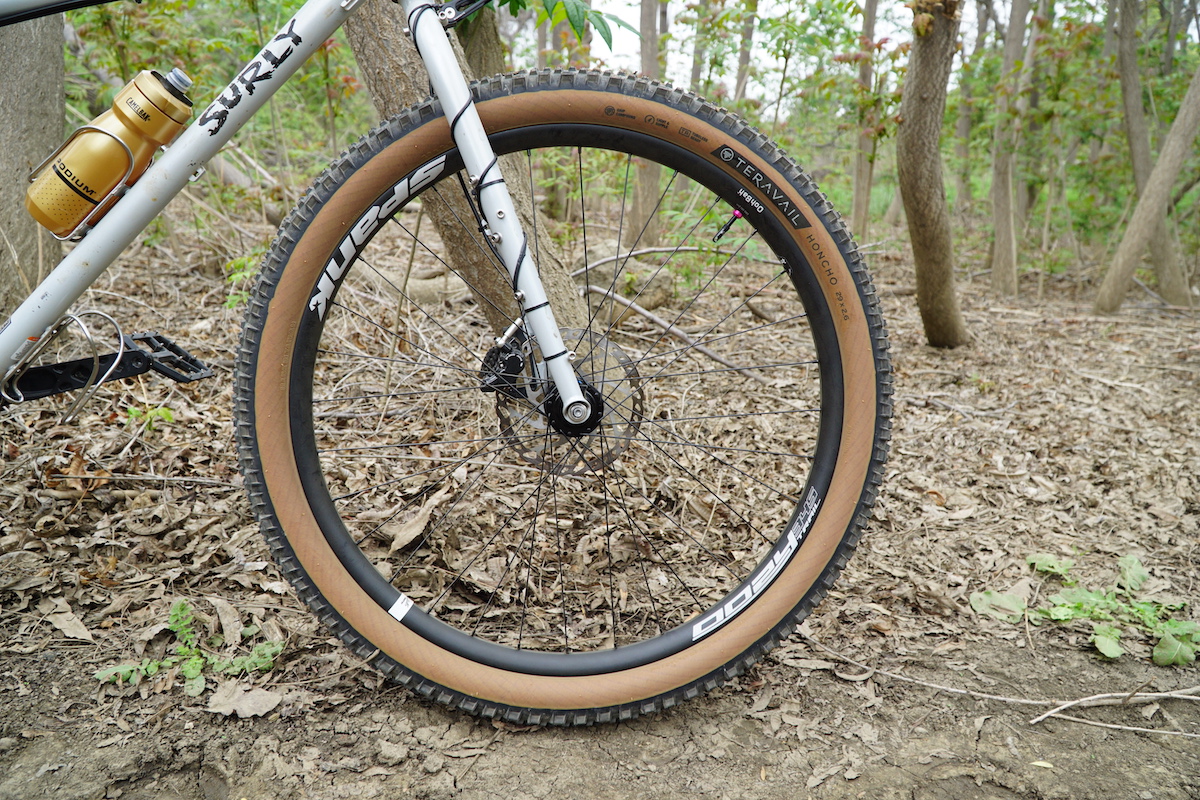The Oxford dictionary defines the word Honcho as: “a leader; the person in charge”. This tire fits that description to a “T”. The Teravail Honcho really does “take charge” of just about every trail type and trail condition, lending itself to be a very versatile tire.
For my uses, specifically on the trails in and around Southern California, the Honcho did rule the roost… handling a myriad of trail conditions very well, proving itself an awesome, all-rounder-type tire. I know, I know…I used the word “versatile”. Sue me. For me, I like my bikes to do many things well, ya know, be versatile. Try to remember, for most of the John Q. Bike Public, versatility is our friend.
But, I get that sometimes we need ultra-specific components for our bikes, especially if you are competing at a high level. But that isn’t all of us, is it? Nay, that isn’t most of us.
What You Get and What it Costs:
The Honcho comes in 27.5″ and 29″ wheel sizes and 2.4″ and 2.6″ widths in both wheel sizes. You can also get the tire in either a black wall or a tan wall with either a “durable” or “light and supple” sidewall casing in both colors. On their website, the retail pricing is $70 for the “light and supple” casing and $80 for the “durable” casing.
Teravail went ahead and sent us a pair of the Honchos in the 29 x 2.6″ flavor with the tan walls (duh!) and the “light and supple” casing.
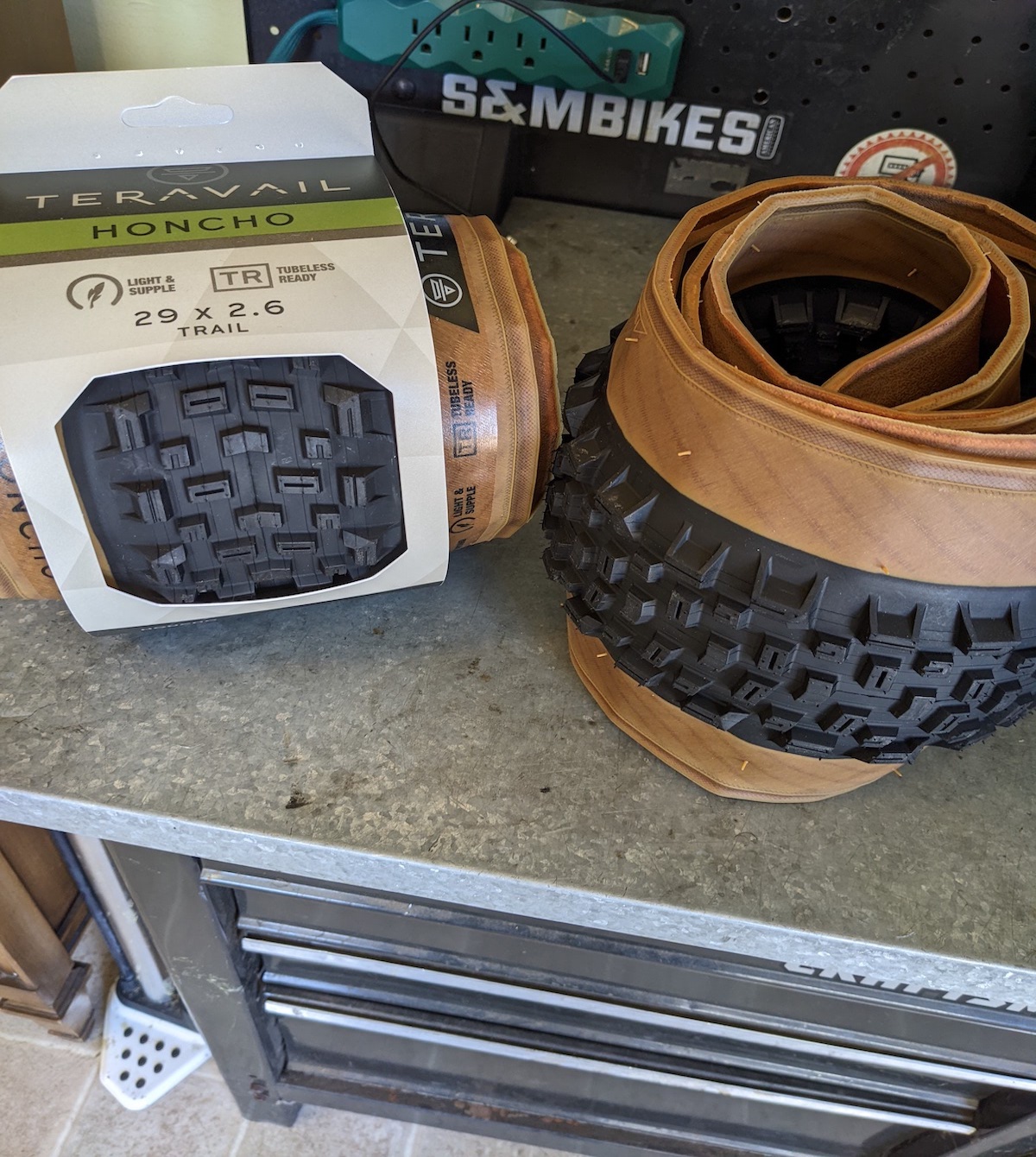
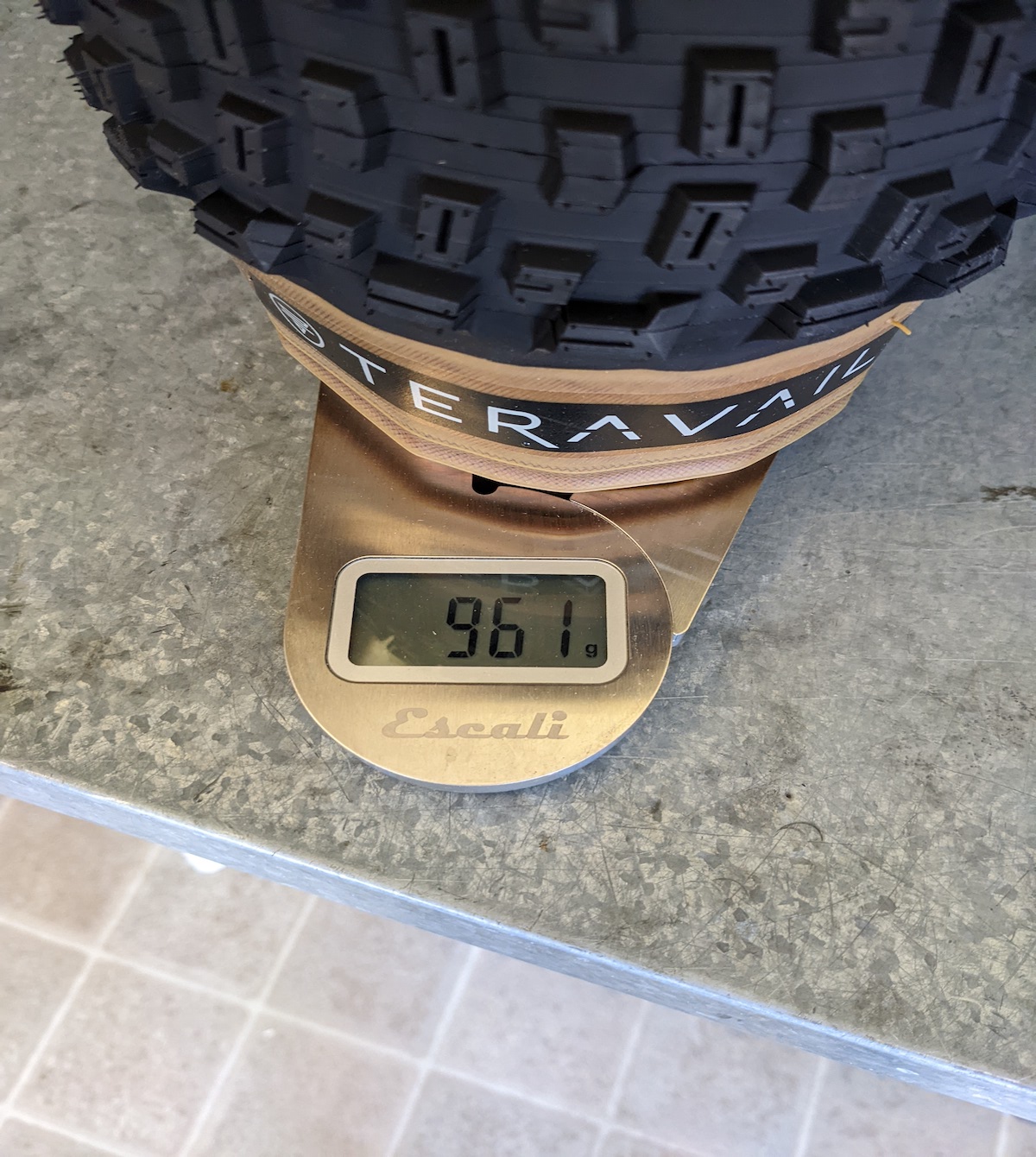
Both tires weighed in at 961 grams each… which I consider to be a moderate weight for this type/size of tire.
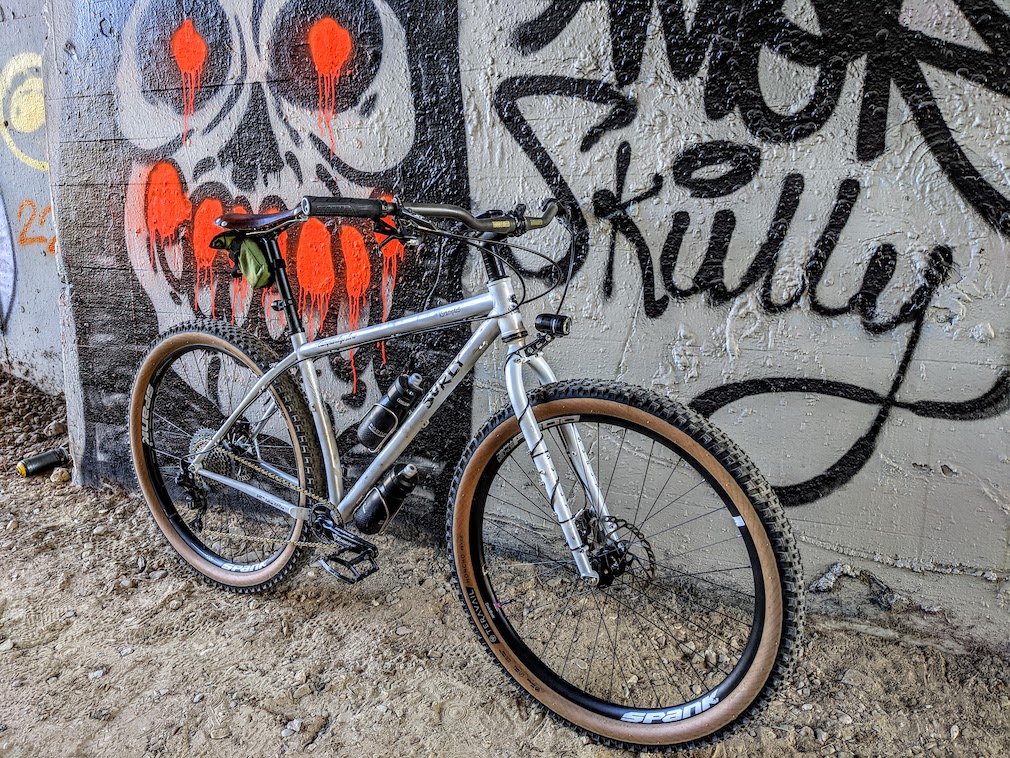
How’d They Mount up?
I installed them on my 2021 Surly Krampus which is, as you see, fully rigid *gasp*. And, I’ll tell ya what, these are some handsome tires in the tan wall!
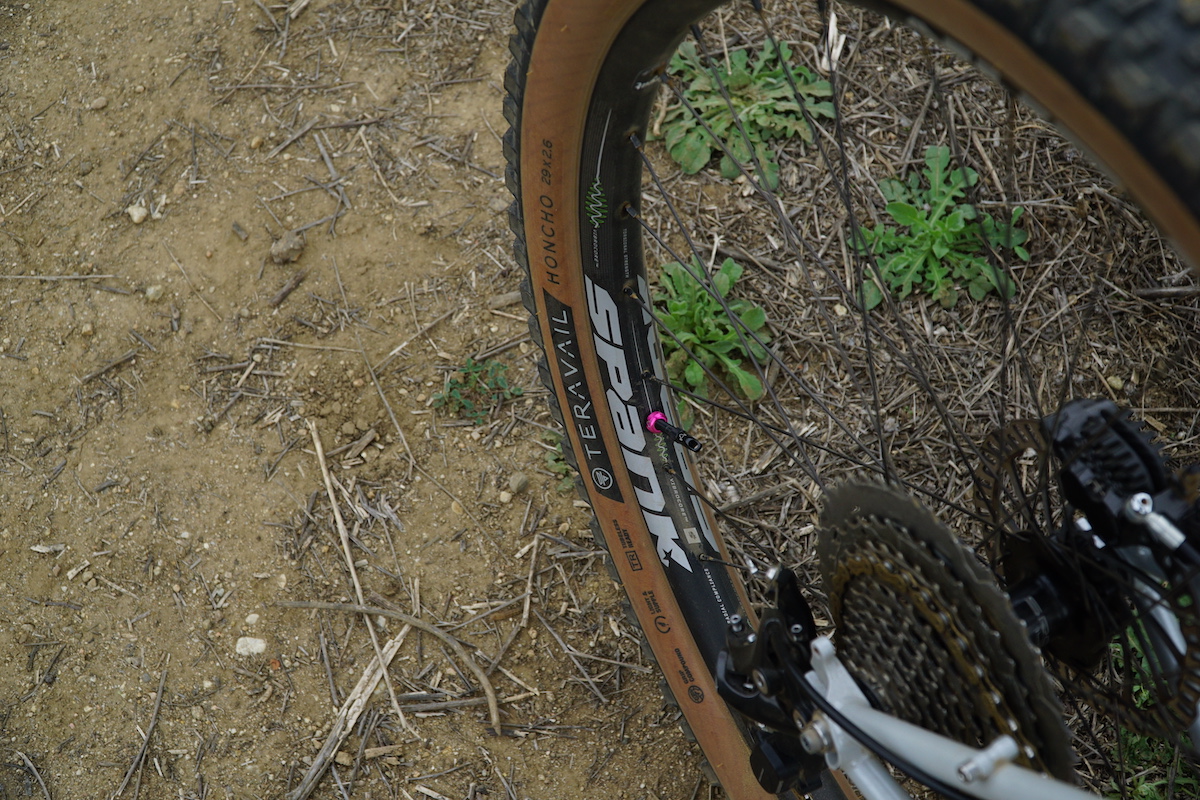
The installation was tight but easy enough without tools, to mount to my pair of Spank wheels. A little Windex on the bead and some compressed air, and BLAMO…beads seated. I have a custom set of wheels, with the Spank Oozy Trail 345 in the front and the Spank Vibracore in the rear, both have an internal width of 30mm, and at 34psi, the Honcho measured out true to size at 2.6! I’m a Clydesdale and after a few little rides, I found my preferred psi on this particular tire is 34psi (rear), and 30psi (front).
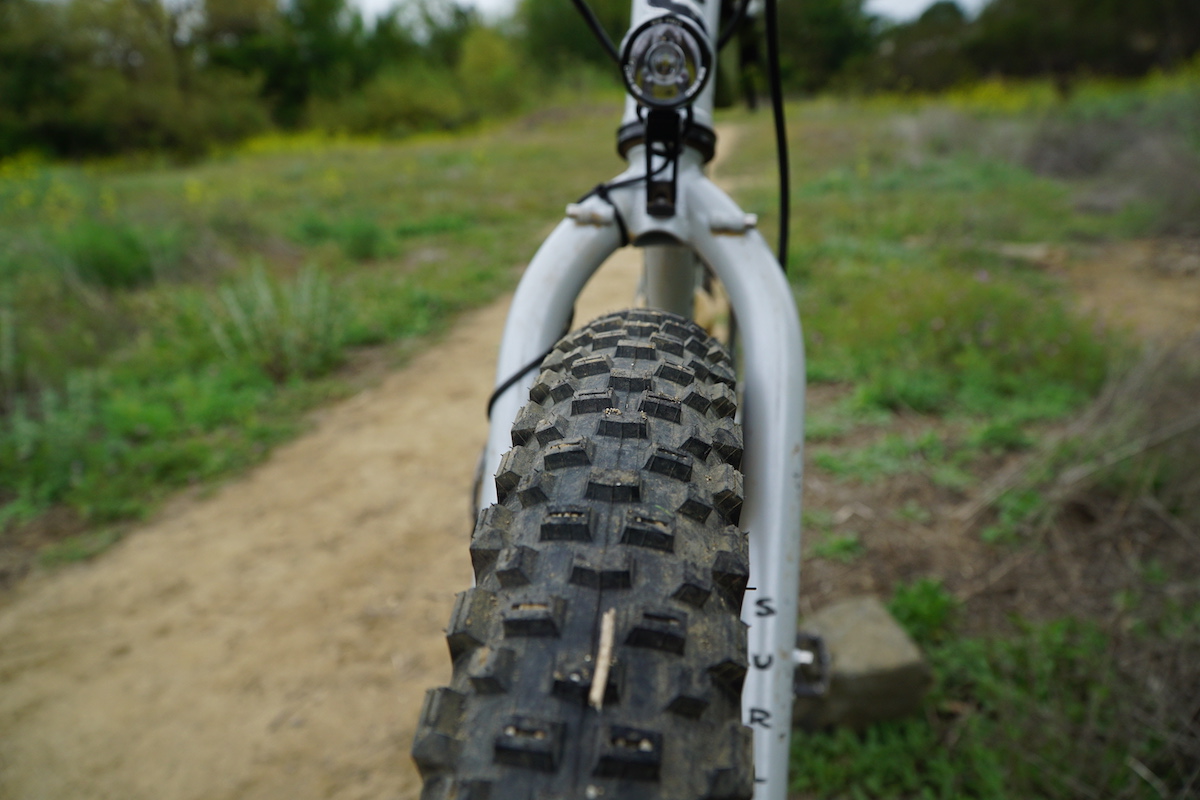
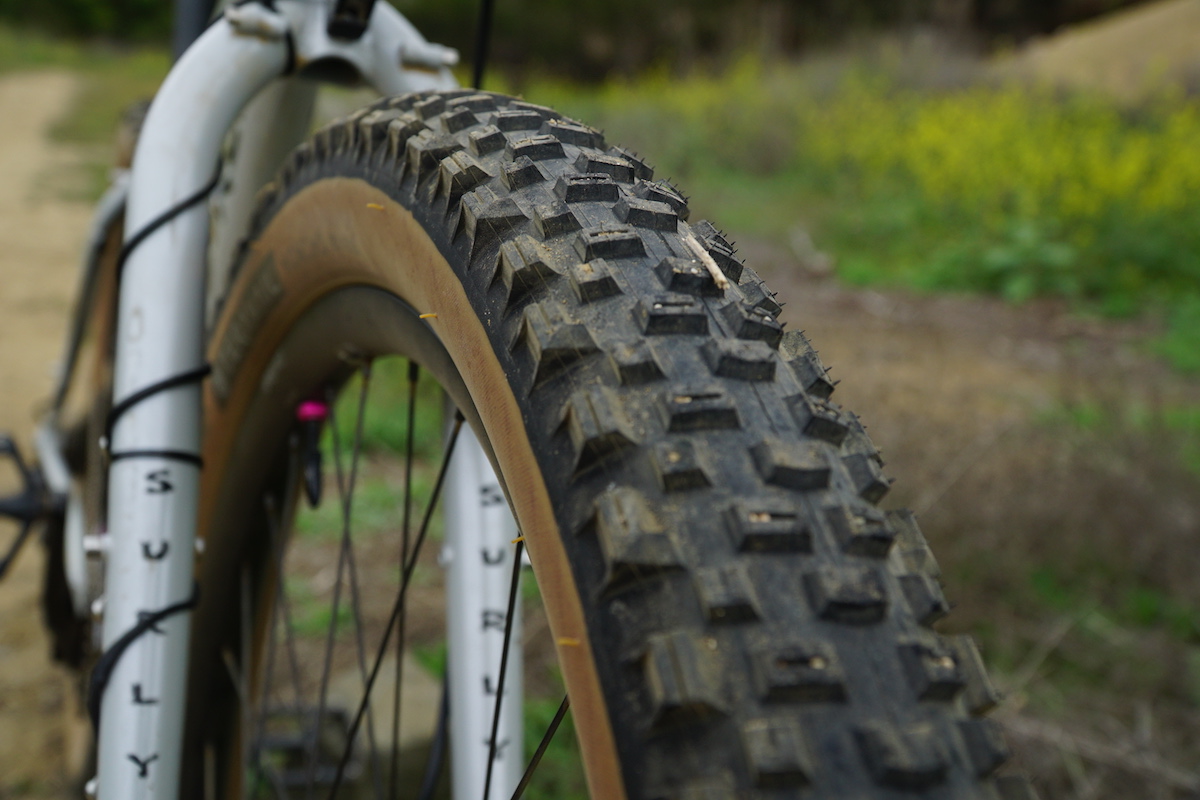
How’d they Ride?
Luckily, some of the trails I ride are close enough to my house that I can ride to the ride. When I do that, it includes a decent chunk of paved roads. While on the pavement, I noticed that the tires rolled extremely well with very little noise. The same goes for hardpack, these tires are lightning-fast, super grippy, and roll extremely well on all of the hardpack trails around my area.
I didn’t have the chance to ride the tires in wet, muddy conditions, or over any wet, muddy roots while shredding loamy singletrack in the forest. Those conditions are very hard to find where I live and ride… and I have to drive quite a distance to find a damn loamy forest of any kind. I did, however, want to highlight a ride on one of my favorite trails. I purposely chose this trail for its loose, shallow, ball-bearing type surface over the hard-packed foundation. This trail can feel like riding over little marbles if you are on the wrong tires. The trail is actually a forest service road, not too technical, although severely rutted in some sections. It is an out-and-back, with a 4-mile climb followed by going back down that climb. It’s not a long ride but a good place to get an idea of what a tire can or can’t do.
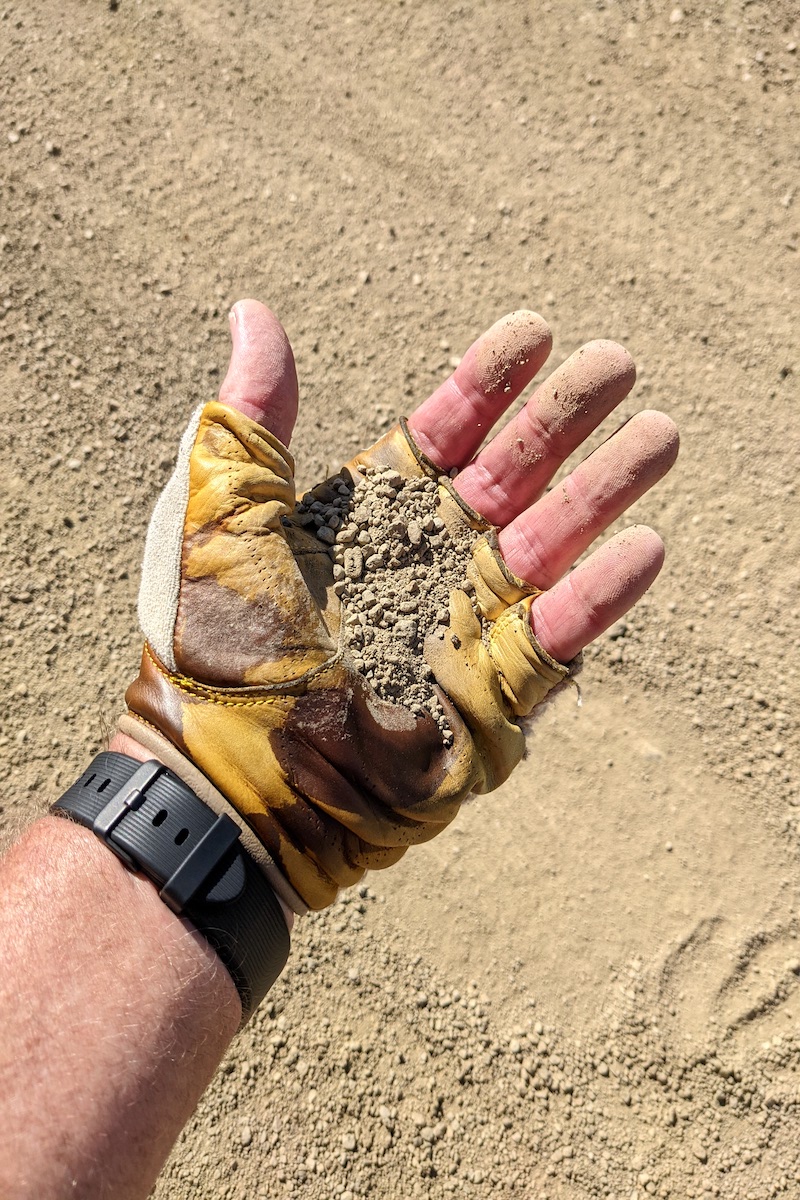
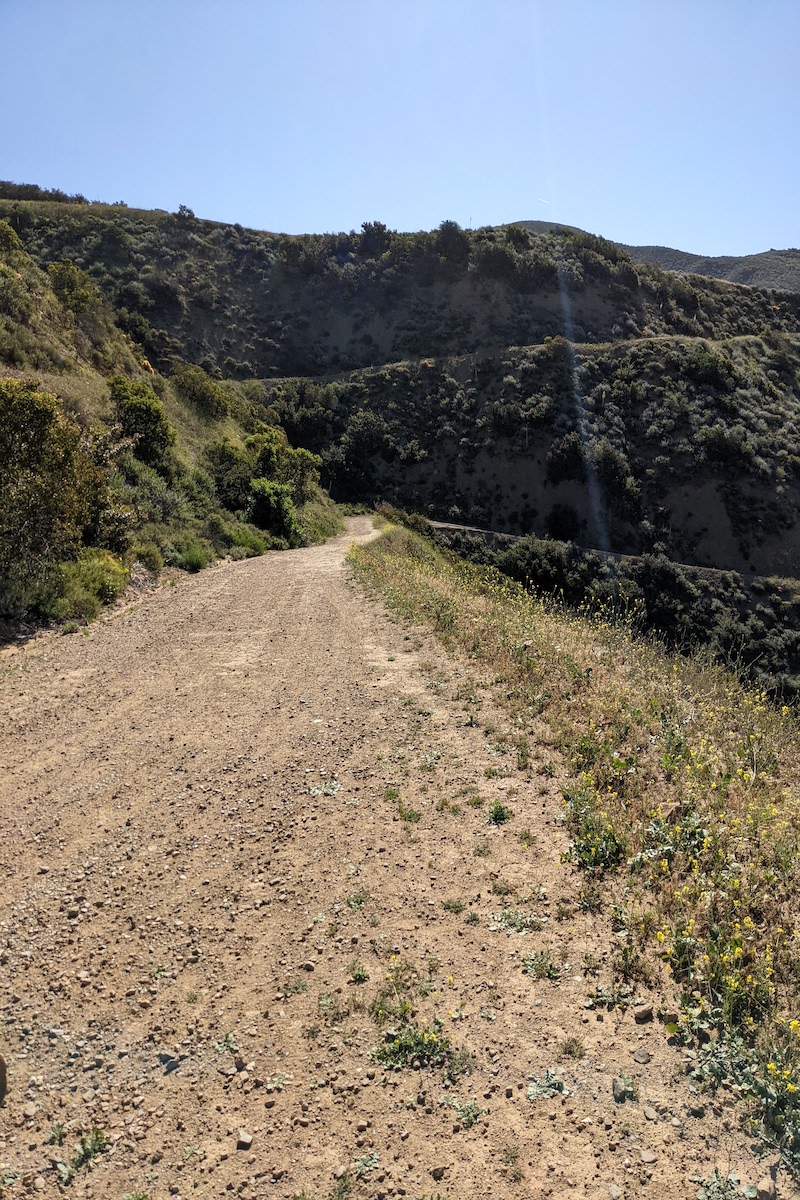
I know this trail well. I also knew that this trail, in particular, would push the Honcho to its breaking point. These extreme conditions do that to every tire I’ve ridden on this trail in the last 20+ years…some way worse than others and some were downright scary, never to be used here again. And to be fair…I did find the Honchos washing out a smidge, but it was gradual and controllable-ish. At slower speeds it would’ve been fine…but I was pushing the tires a little to find that sweet spot, without killing myself.
It wasn’t a complete failure of traction, not even close. I do feel like the results would be worse where the loose over the hard was deeper and would fill the space between the lugs, packing up the tread a bit, causing the tires to completely wash out.
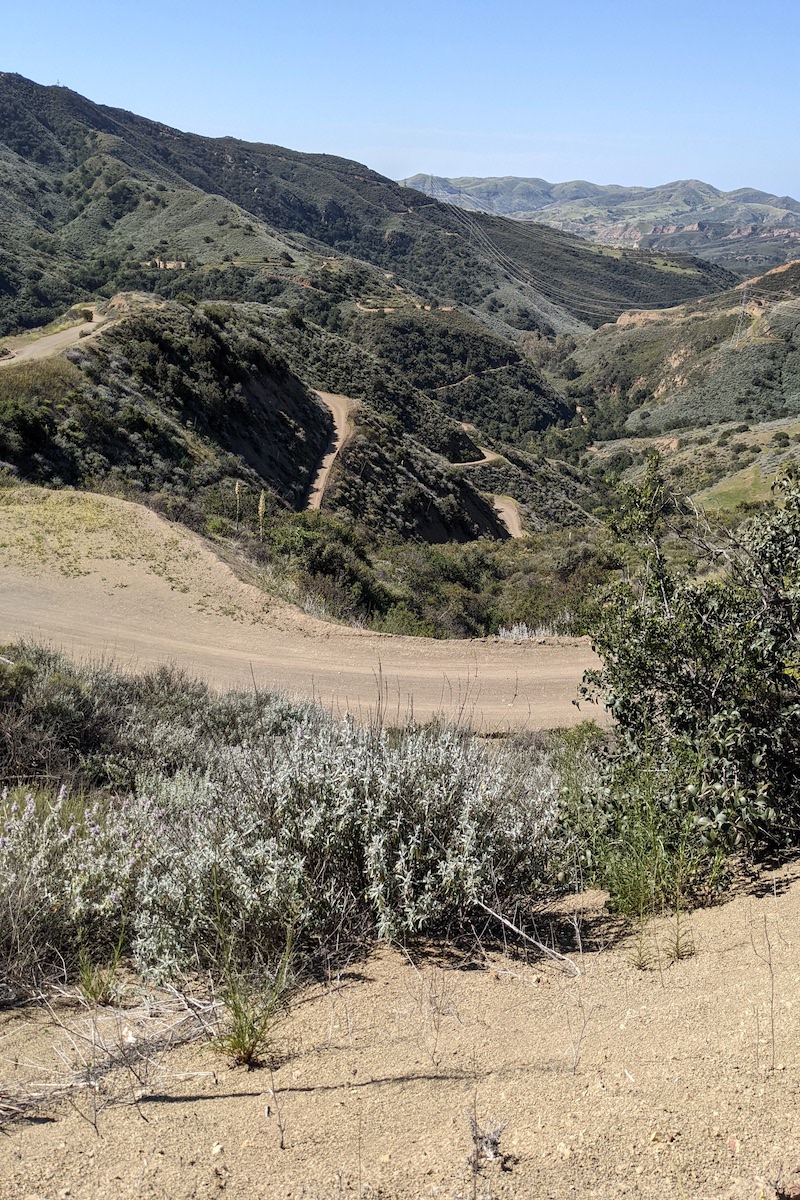
I had a lot more traction with the Honchos on this trail than would’ve imagined I’d have. It was like the loose was shallow enough for the tall side lugs (4mm) to break through and grab the hardpack underneath to hold on. I was pleasantly surprised when I reached the bottom and didn’t have to give any blood to the trail gods.
I’ve put close to 500 miles on the Honchos in a variety of different scenarios, conditions, and terrains. I’ve found that they are an excellent all-around tire. I found that they climbed technical, rutted climbs well – the Honchos really owned a particular climb on a 12-mile loop trail that I do multiple times a month, over and over again. That climb has about 50 (or so) feet of a root section where the roots are so exposed that, if you aren’t careful to pick your line well, you can bottom out your 30t chainring.
But, every time I charged it, it just wasn’t an issue with these tires. There is another little, brutal climb on this loop that is called “Little Wicked”. It’s about 80 feet long, loose moon dust over a severely rutted 22% grade. The Honchos never once lost traction or surefootedness. I just picked my line and charged it… with only my legs slowing me down on that mother of a climb.
In Conclusion
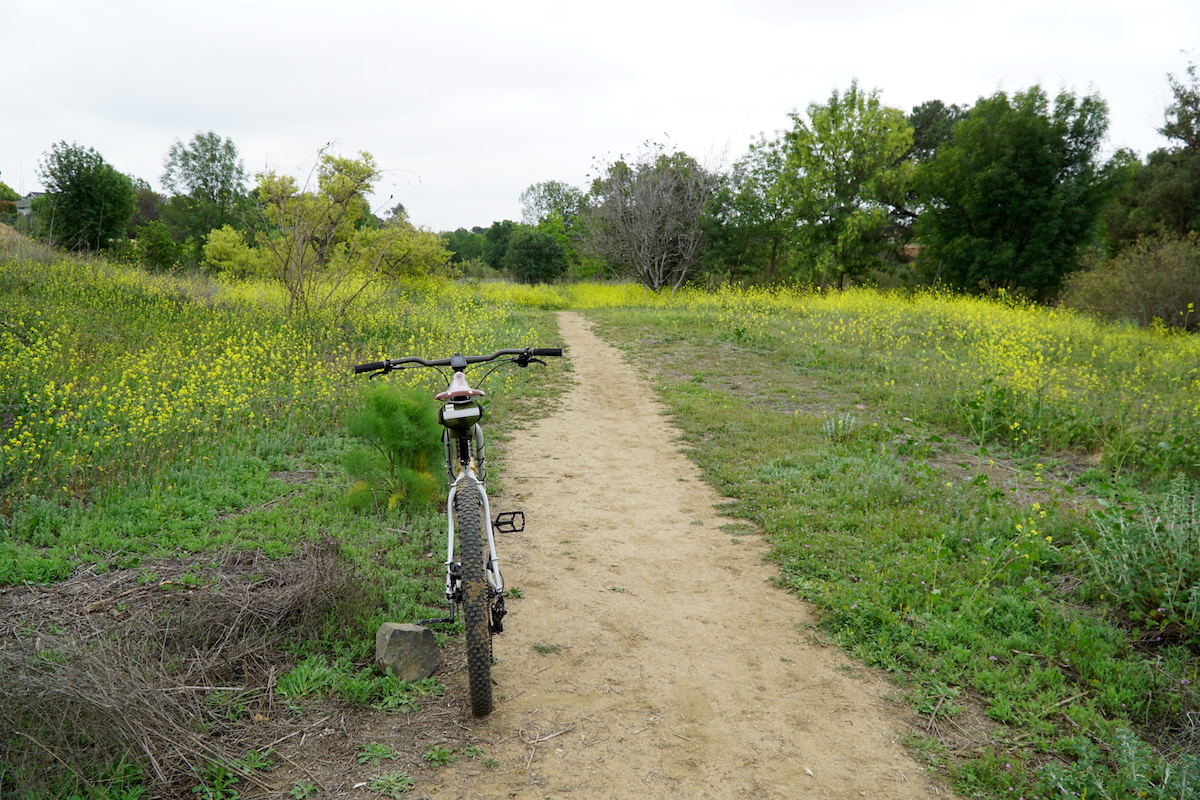
I would classify the Teravail Honcho as a tire that has a moderately aggressive tread that lends itself to being a great all-around tire that can do just about everything you ask of it. In my experience, it excelled at the soft, the not-so-soft, the hardpack, the rocky, the rooty, and even most (not all) of the loose over hardpack in my area. And look, I prayed pretty hard to the trail gods for some rain so I could try it in some of our post-rain-hero-dirt… but, alas, I was denied. Sorry about that. I wanted to say that I really loved these tires, I will ride these until they wear out and put another set of Honchos on the Krampus.
Check out more tire offerings at Teravail!
